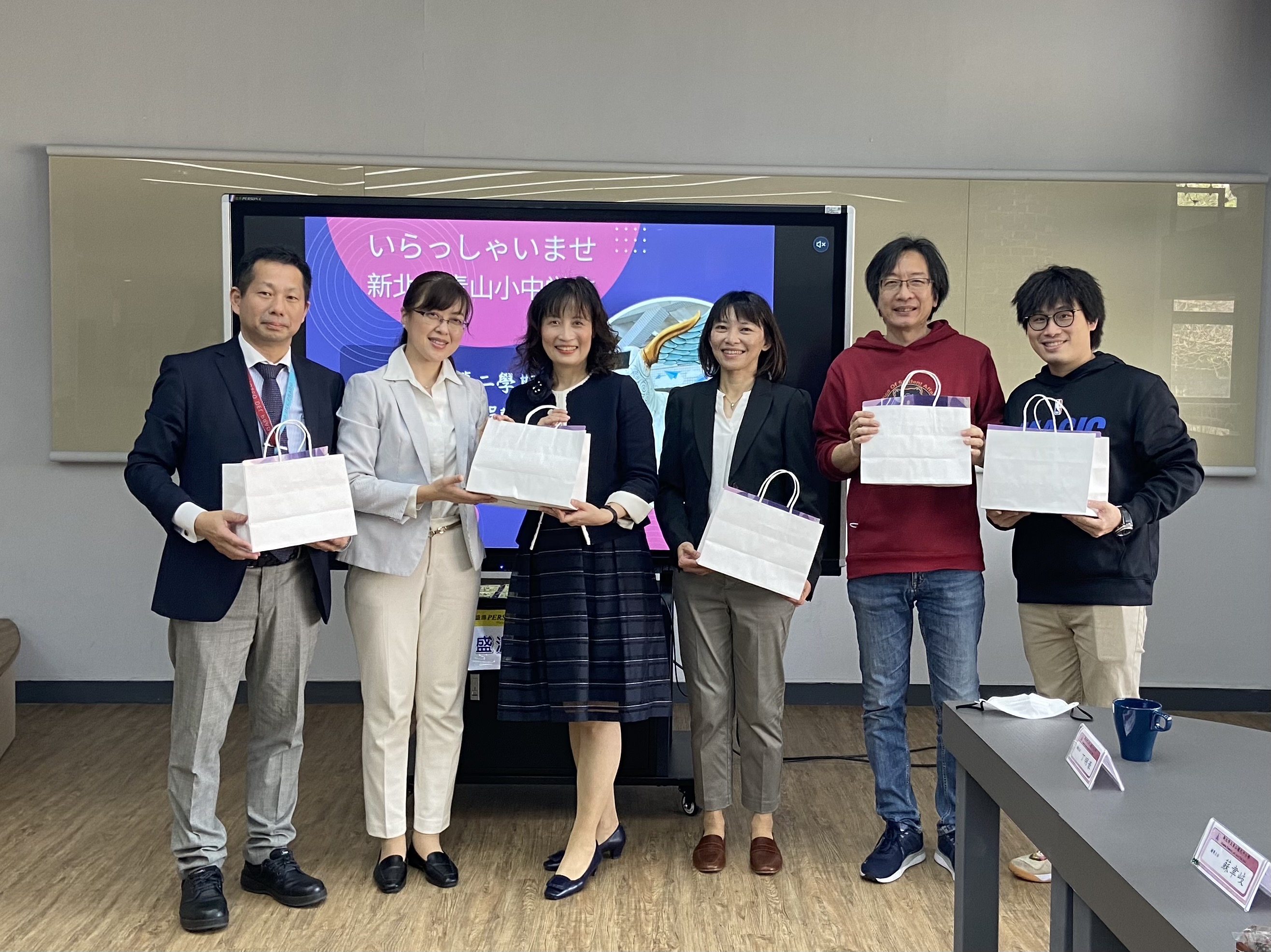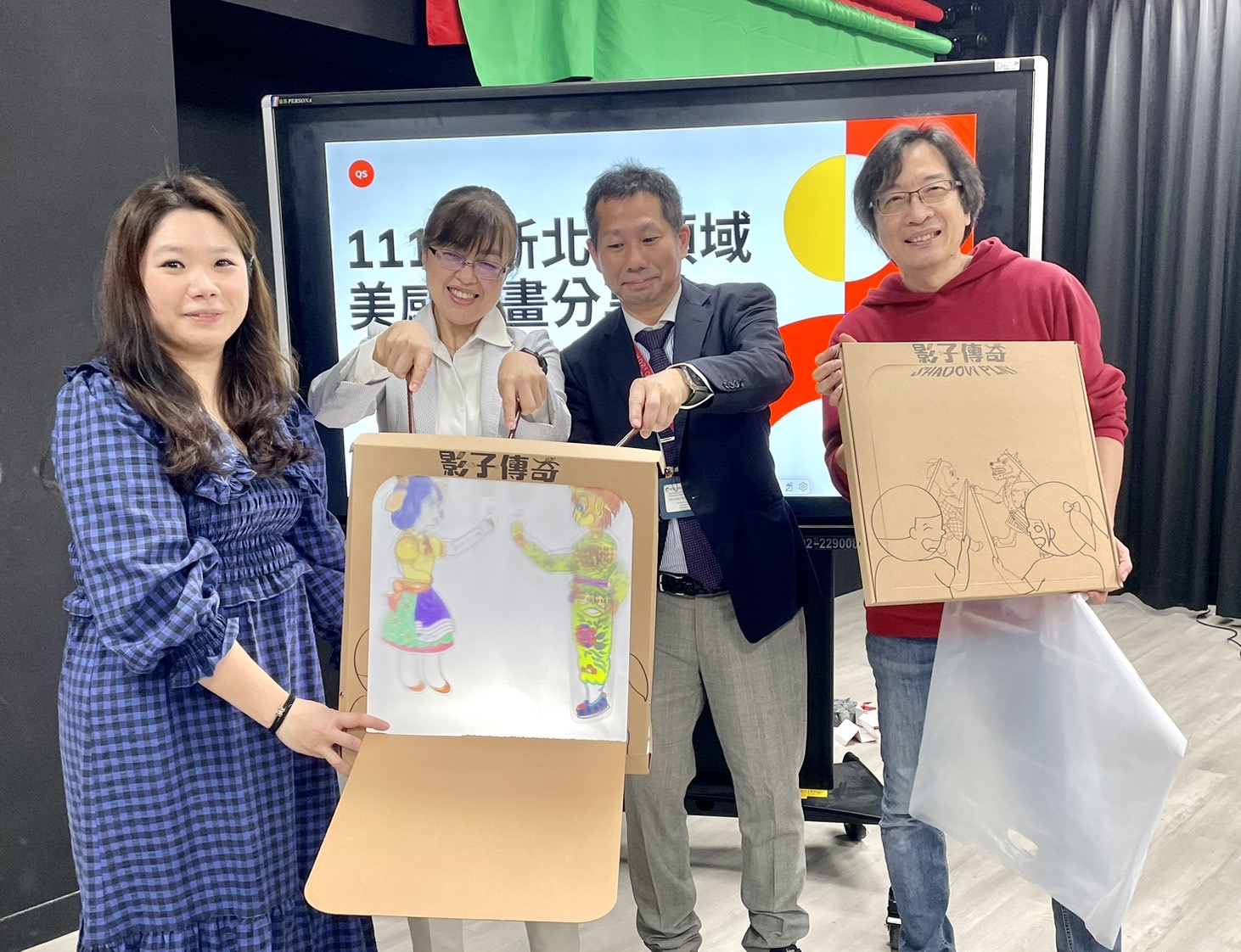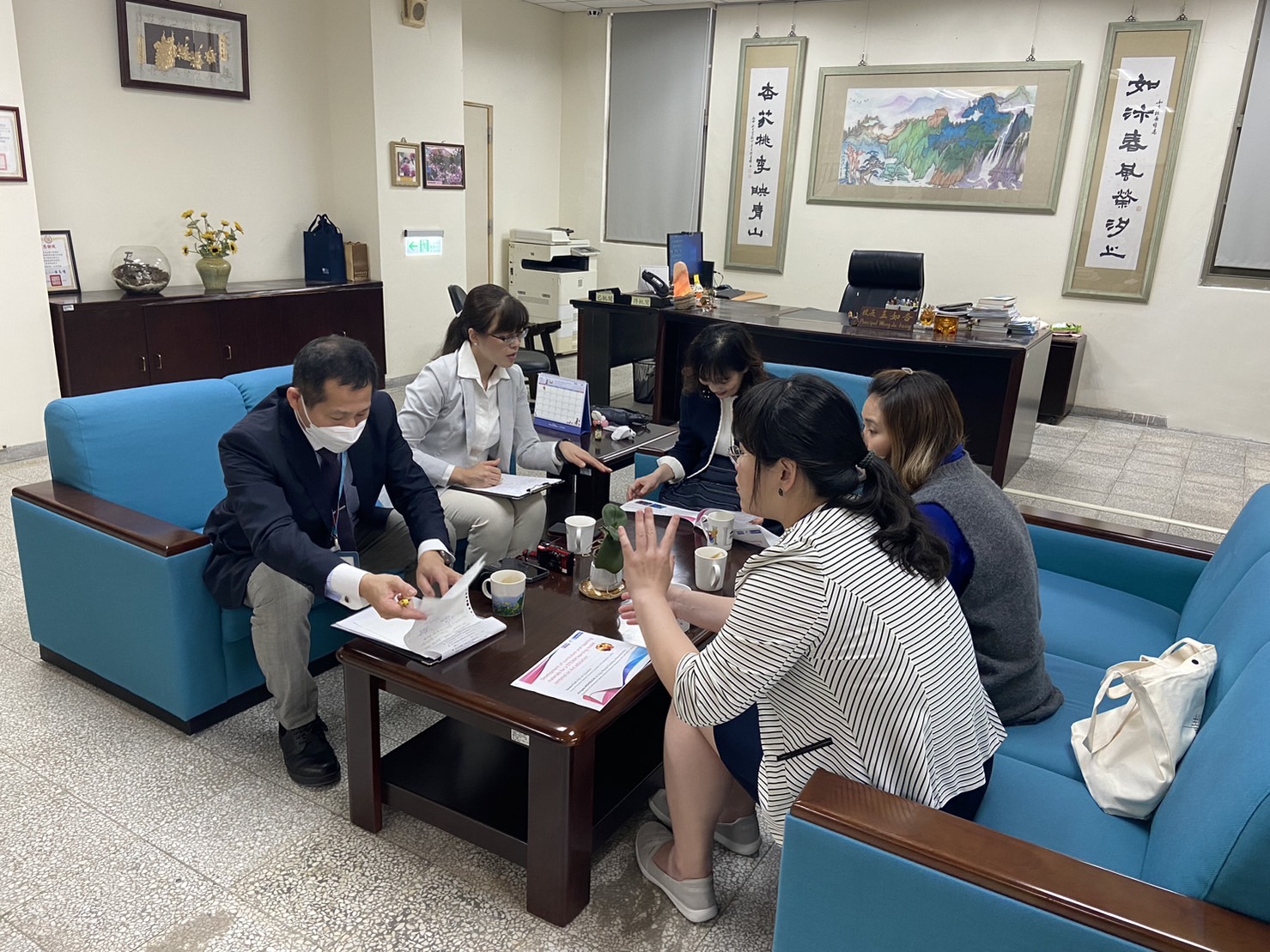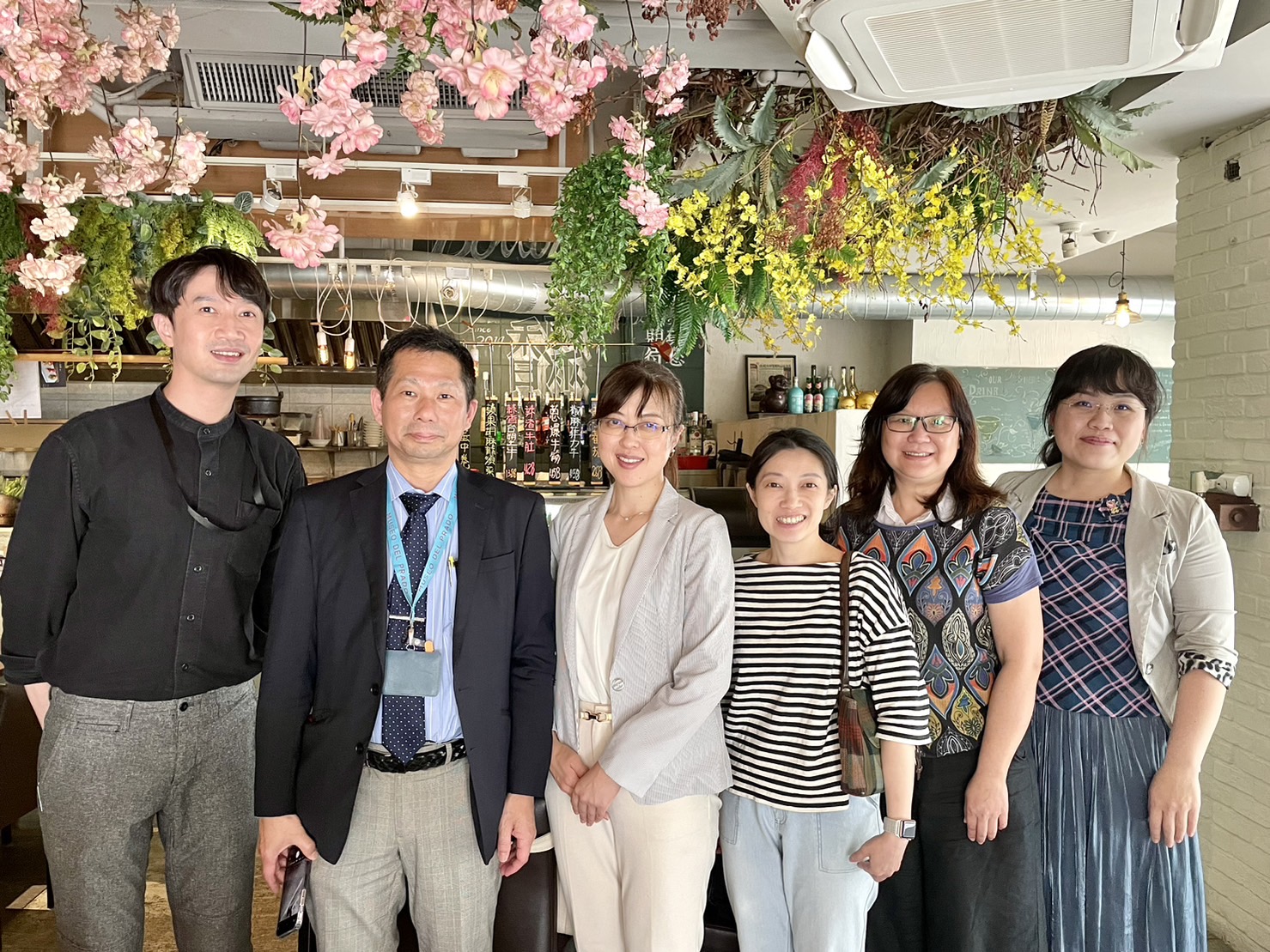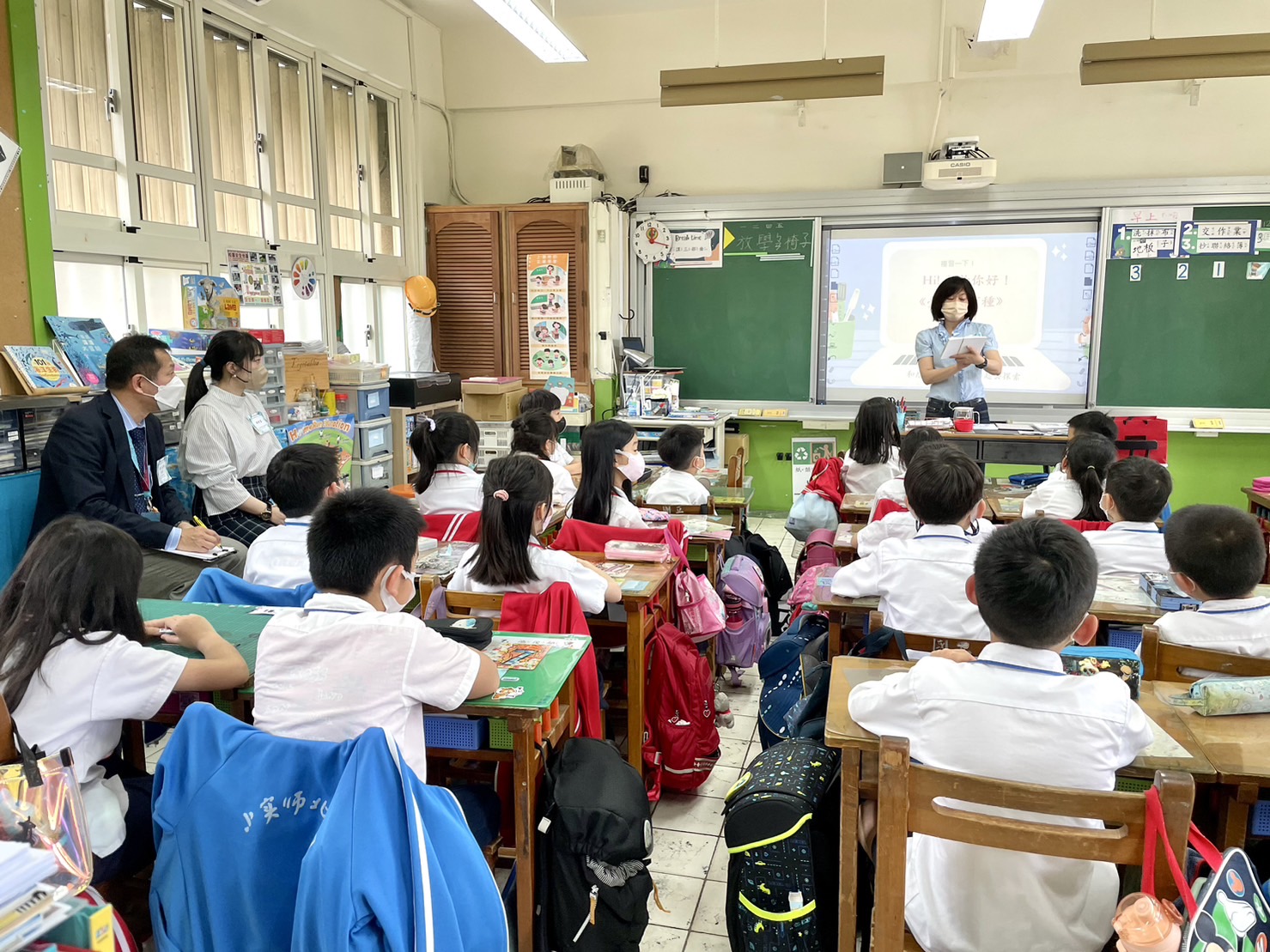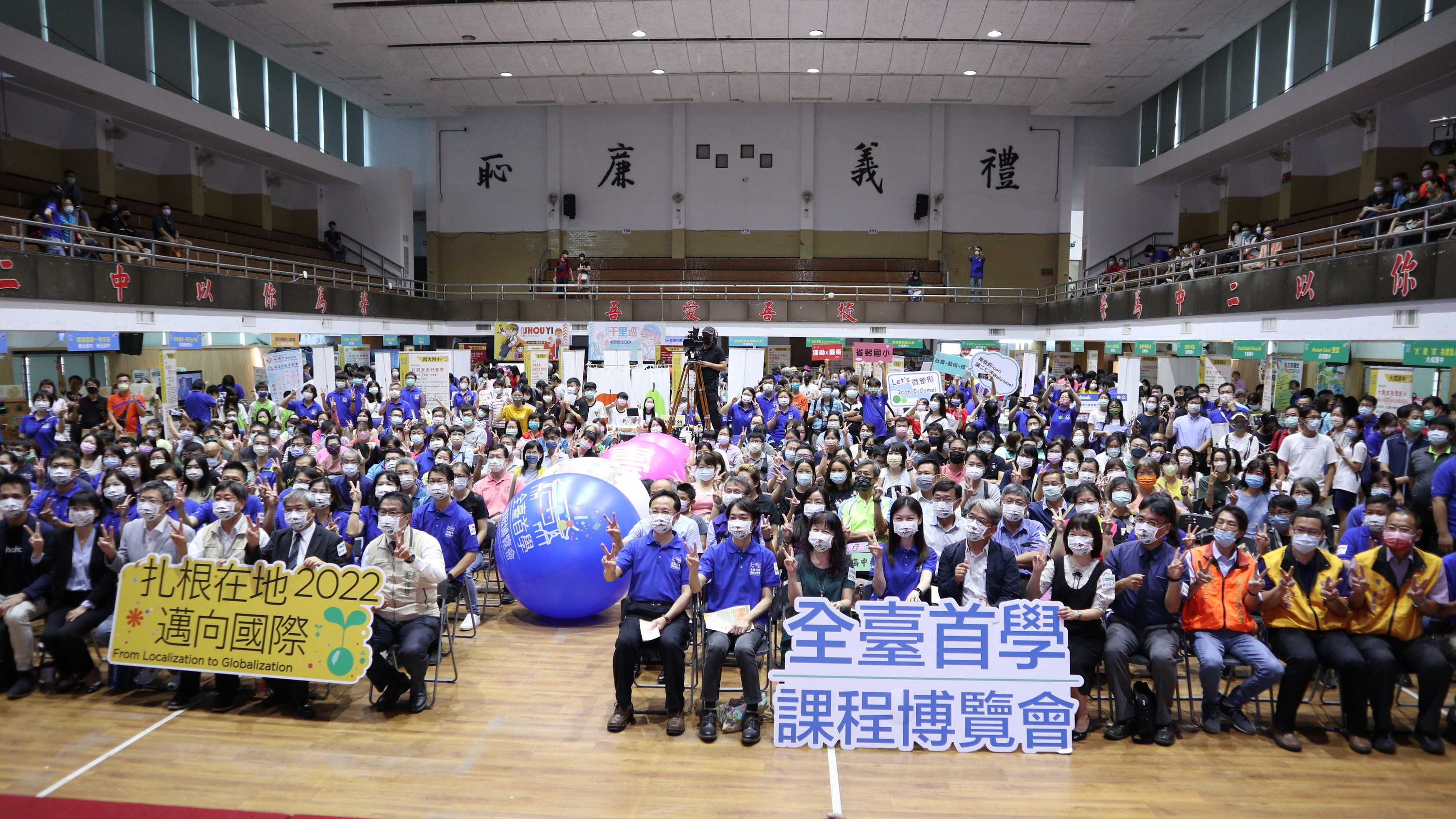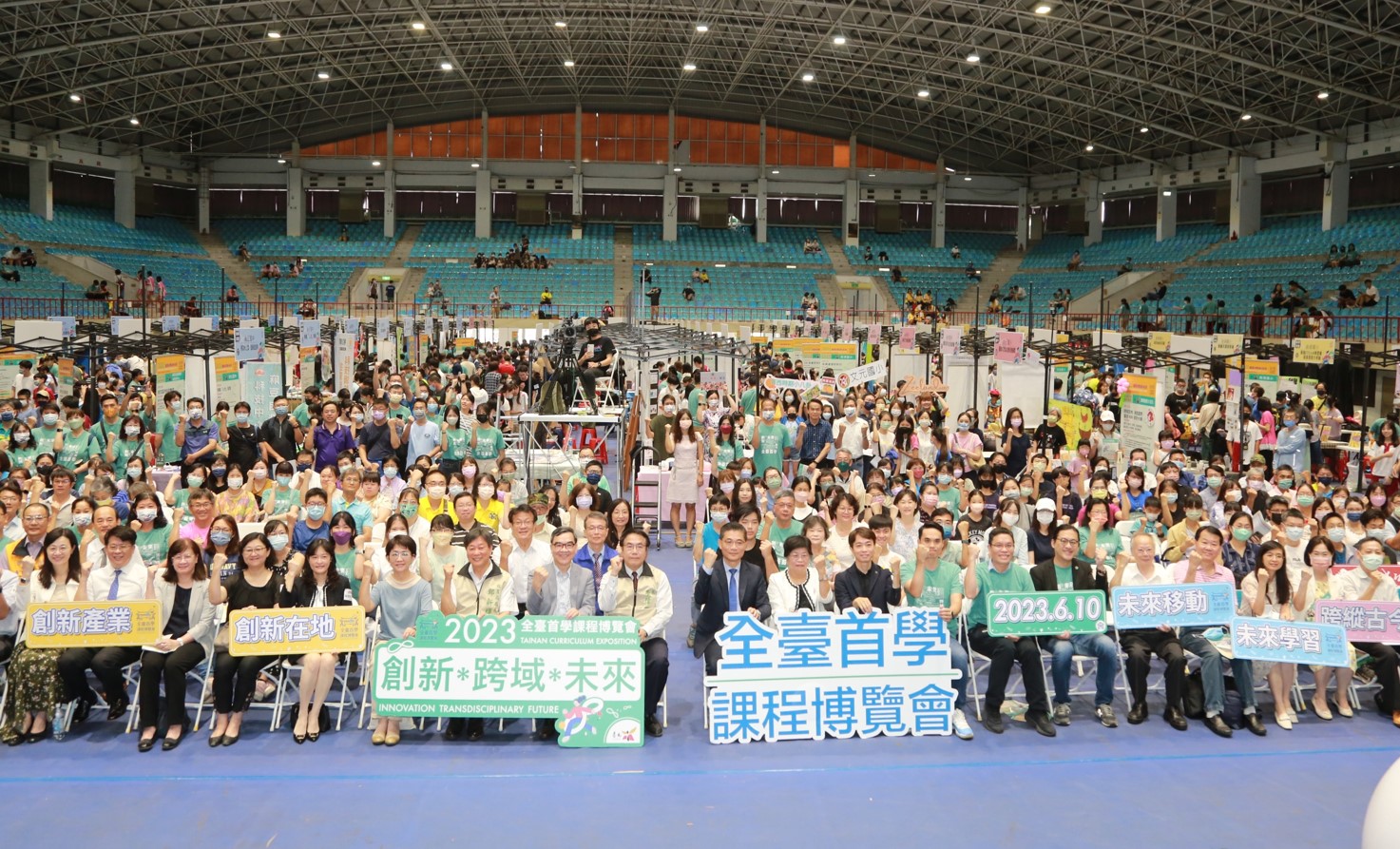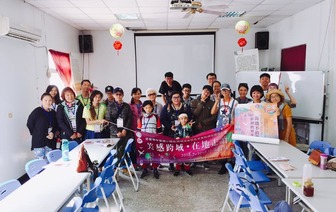The "Ministry of Education's Interdisciplinary Aesthetic Excellence Pilot Project" hosted Professor Yasuko Fujii, Department of Educational Curriculum Art, Faculty of Education, Oita University, Japan, and Professor Hirotai Nishiguchi (Chemistry Specialty), Director of Machine Analysis of the Research Support Center, from Oita University in Japan on March 20-21. , the purpose of the two professors’ visit was to understand the current situation and development of Taiwan’s aesthetic education in promoting cross-field courses. A total of three schools were visited, including New Taipei City Qingshan Elementary and Junior High School, Taipei City Renai Elementary School, and Kuobei Shi Elementary School. After the visit, the two professors expressed deep admiration for Taiwan’s promotion of cross-disciplinary aesthetic education and considered it to be the key to their The best among the countries visited.
Taiwan's Ministry of Education's Educational Plan for the Field of Education March 21st and 22nd, National Education's Field of Education Program for Education, Japan's Oita University's Associate Professor Yasuko Fujii (Elementary and Secondary School, Faculty of Education) Associate Professor Hirotai Nishiguchi (majoring in education and art) (Head of the Machine Analysis Department of the Research Support Institute). He is currently in the program of Qingshan Elementary and Middle School in Xizhi District, New Taipei City, Taipei Municipal Renai Elementary School, and National Taipei University of Education's experimental elementary school.しました. The two professors work on the field of education in Taiwan and the promotion of cross-beauty education.
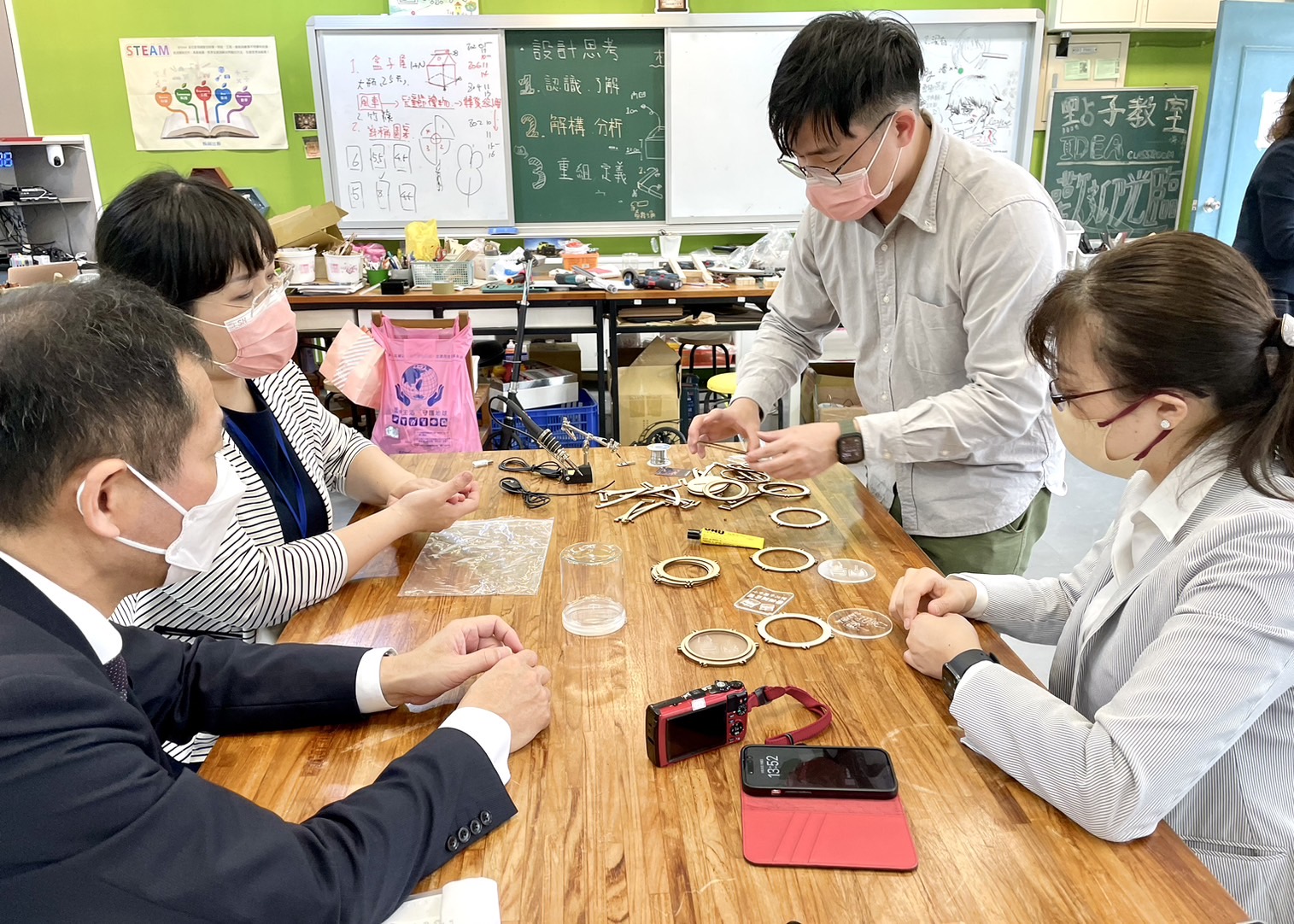
On the first day, I visited New Taipei City Qingshan Junior High School. Principal Wang Ruxing led the directors of all departments in the school to conduct a campus tour. They saw the diversified development of Qingshan Junior High School in STEAM education, environmental protection, green buildings, and ecological pools, and then entered the class. Observed the class of Performing Arts teacher Zhang Chenxin. Teacher Zhang has long been developing bilingual courses that combine drama with various issues and cross-fields. Then I watched the students in the art class produced a performance on environmental issues integrating Taiwanese shadow puppets and life science and technology. Teacher Zhang introduced to the professors the original intention of co-preparing courses, the support and cooperation of the team, and the cross-field aesthetic courses developed by integrating the characteristics of community resources with the school. The two professors were amazed on the spot. Then we visited and made a hands-on production of the Qingshan Samba drum course cultural creation that combines photoelectricity and sound control developed by Teacher Xie Hongru of Life Technology. Finally, at the end of the whole day's visit, the principal invited the scholars to come to the principal's office for detailed curriculum discussions and exchanges. At Qingshan Junior High School, we saw the harmonious atmosphere of teachers and students, the auxiliary support from parent meetings, administrative units, and community organizations. . Here, you can see the achievements of the school’s past efforts and its prosperous vision for the future.
One day, Principal Wang Ruxing of Qingshan National Elementary School in Xizhi District, New Taipei City, director of the school and professor of Oita Universityグとエコさせて行くことを知りました. Later, Mr. Zhang Chenxin acted in the drama, current affairs, and divided the field.とEnvironmental protection of current affairs を knot び け た shadow play (ピーインシー)を见学しました. Mr. Zhang's side, one thread, local resources, characteristics, courses, ideas, collaboration, process, and sighs.
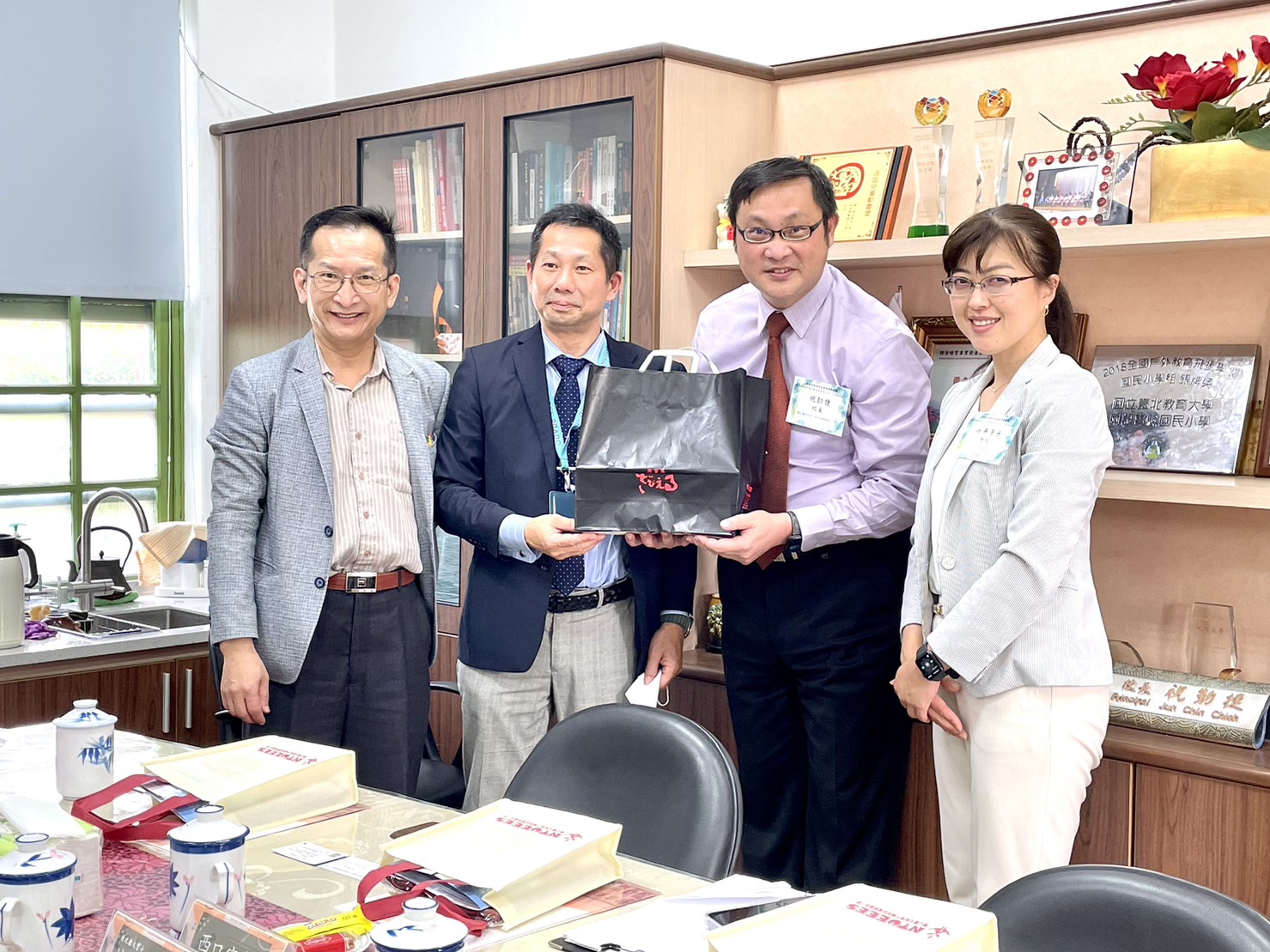
On the morning of the second day, the team accompanied the professors to Renai Elementary School in Taipei City for an observation class. Director Lai Baizong, the academic director, guided us to observe art teachers Li Yishan (lead teacher) and teacher Yang Huili collaboratively teaching cross-field aesthetic courses. The course continued the architectural model from the previous semester. Production, this semester deepened and combined with SDGs (Sustainable Development Goals), the original architectural design added concepts such as environment, ecology, and carbon reduction from appearance, function, and structure, and used tablets to introduce digital reading capabilities and technology applications In the classroom, the depth of learning is increased. Later, Principal Yang Liuchun led the team to visit the campus. They saw the diverse learning corners and equipment suitable for young children in the kindergarten attached to Renai Elementary School. Children’s creative expressions were displayed in different spaces. Aesthetic education is spread throughout Renai Elementary School. In the future, we expect to see more campus renovation spaces, extending aesthetic education from the classroom to the campus, and ingraining aesthetic literacy into the hearts of children.
Before noon on the second day, Mr. Lai Baizong, the academic director of Renai Elementary School in Taipei City, and Mr. Li Yishan, the art department, and Mr. Yang Huili, taught the sixth-year students in the field of cross-level beauty. Last semester's architectural model course was introduced. This semester's SDGs goals for students are to understand the concepts of structure, form, function, structure and elements, and environmental concepts.を加えました. Later, the principal of Yang Liushun set up a kindergarten in Renai National Elementary School and set up a kindergarten in the space.のと student たちは美educationは色々なspaceで学べることを Introductionしました. In the future, the space will be used as a space, and the beautiful education will be a learning place and a classroom.こにはできます.
Then we went to the Experimental Primary School Affiliated to the National Taipei University of Education for class observation and exchanges. Principal Zhu Qinjie and Director Chen Yanlin led us to give a lecture with team teacher Lin Zizhen first, and then entered into the technology and teaching of art teacher Zhan Yupu and mathematics teacher Yan Zhixian. In the art class, we watched the lower grade children use a laser engraving machine to turn the zoo sketch completed in the art class into a lamp. The teaching process combines mathematical calculations, observation of three-dimensional structures, multiplication arithmetic and art, in pairs. The teaching model allows students to discuss and learn with each other. The children were all amazed when they were able to use technology to make their own works into lamps. This technique can also be used in daily life to inspire children to expand their imagination. Cross-field aesthetic courses not only make classroom learning more interesting, but also trigger children's more imagination about the future.
In the afternoon, the director of the National Taipei University of Education's National Elementary School, Mr. Chen Yanlin, and Mr. Lin Zizhen, explained the lower grade level and explained it to the classroom. After the student learned about the たちはレーザーEngraving Machineのやり方を, he divided himself into painting the いたTaiwanese endemic species の絵をアクリル板の上にレーザーEngraving Machine でEngraving して, レゴブロックとLED lighting lighting system Fang も学びました. Student たちに対して, mathematics calculation やthree-dimensional structure の観看などことを芸と knot びpay けえるコースを通じて, reluctant すればするほど面白くなります.
After these two days of enriching cross-field aesthetic course observation sessions, the team would like to thank the teachers of the partner schools for their dedication and efforts in teaching, and are moved by everyone's active investment and assistance in aesthetic education. In addition to appreciating and affirming the efforts of Taiwanese teachers, Japanese scholars also see the solid foundation in promoting cross-field aesthetic programs from kindergarten to university, and look forward to more exchanges in the future and bringing Taiwan's cross-field aesthetic education development back to Japan.
The educational plan of the field of Taiwanese elementary schools and the beauty of the two days of seeing each other, the Japanese professors, and the enthusiastic Mr. Taiwan's educational foundation, kindergarten and elementary school, beautiful education's foundation, and university's beautiful education. The future of education in the field of education across the United States is about communication and communication.

